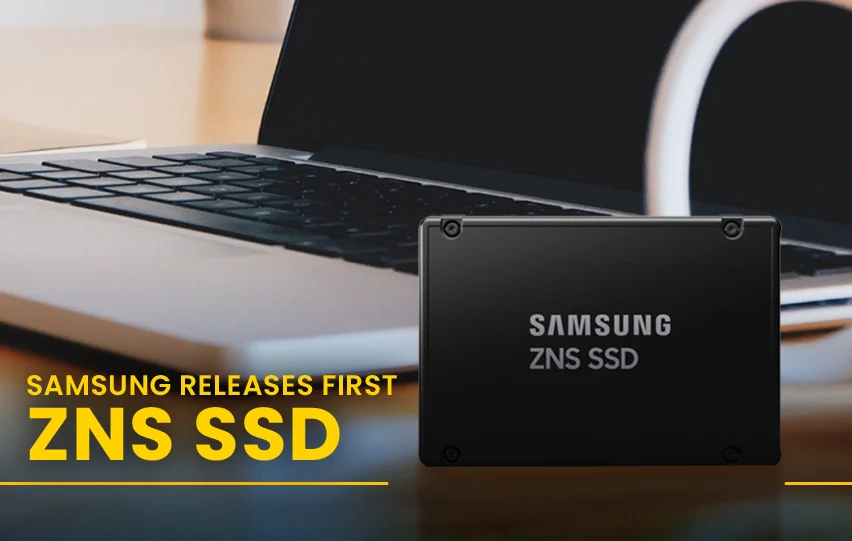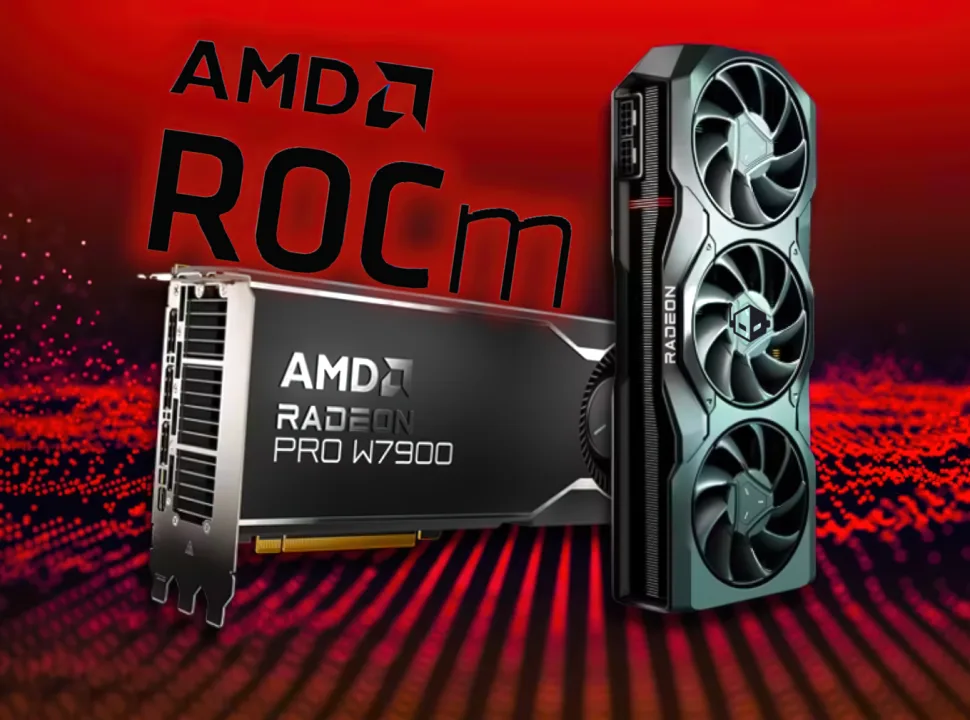ZNS storage technologies promise to greatly increase the performance and durability of next-generation solid-state drives and hard disc drives, but ZNS adoption will necessitate major effort from both device manufacturers and data centre operators. Samsung and Western Digital signed a memorandum of understanding (MOU) on Tuesday to cooperate standardise and developing zoned storage technologies in order to make the development of next-generation ZNS HDDs and SSDs easier
Both Samsung and Western Digital have released ZNS SSDs in recent years, however, these drives have yet to gain widespread adoption, possibly due to the fact that they are implemented differently and hence perform differently. Furthermore, because there isn’t yet a fully interoperable ecosystem of ZNS storage technologies, deploying adequate drives is difficult. To make matters even more confusing, ZNS SSDs aren’t readily available from many suppliers, thus purchasing a ZNS SSD from one manufacturer practically implies entering into a supply exclusivity deal.
ZNS SSDs have a number of advantages over traditional block-based devices. Because the software understands what it is dealing with, it can place data sequentially into zones and have better control overwrite amplification. As a result, ZNS SSDs don’t require as much 3D NAND for overprovisioning as standard corporate drives do today, resulting in cheaper costs and power consumption. This also makes it easier to use novel NAND architectures, such as QLC 3D NAND.

Second, ZNS has a quicker real-world read and write performance than standard SSDs because it handles huge zones rather than a multitude of 4KB blocks and does not have to conduct garbage collection as frequently. Another advantage is that it is easier to manage shingled magnetic recording (SMR) hard drives in a ZNS software environment.
However, ZNS adoption has been hampered by software. Both Samsung and Western Digital have contributed to the development of ZNS software, but it appears that the two firms are now attempting to create an ecosystem with fewer participants that will ensure the timely availability of interoperable and predictable software and hardware.
“Our collaborative efforts will embrace hardware and software ecosystems to ensure that as many customers as possible can reap the benefits of this highly important technology,” said Jinman Han, Corporate EVP, Head of Memory Sales & Marketing at Samsung Electronics.
“For years Western Digital has been laying the foundation for the Zoned Storage ecosystem by contributing to the Linux kernel and open-source software community,” said Rob Soderbery, EVP and GM, Flash Business Unit at Western Digital. “We are excited to bring these contributions to this joint initiative with Samsung in facilitating wider adoption of Zoned Storage for users and application developers.”
Samsung and Western Digital will collaborate to standardise and drive the adoption of next-generation data placement, processing, and fabrics (D2PF) storage technologies under the parameters of the MOU. The two businesses will work together to develop high-level models and frameworks for next-generation Zoned Storage technologies, as well as open and scalable data centre architectures. Samsung and Western Digital established the Zoned Storage TWG (Technical Work Group) in December 2021, with the goal of designing and describing use cases for Zoned Storage devices, as well as host/device architecture and programming models.
also read:








